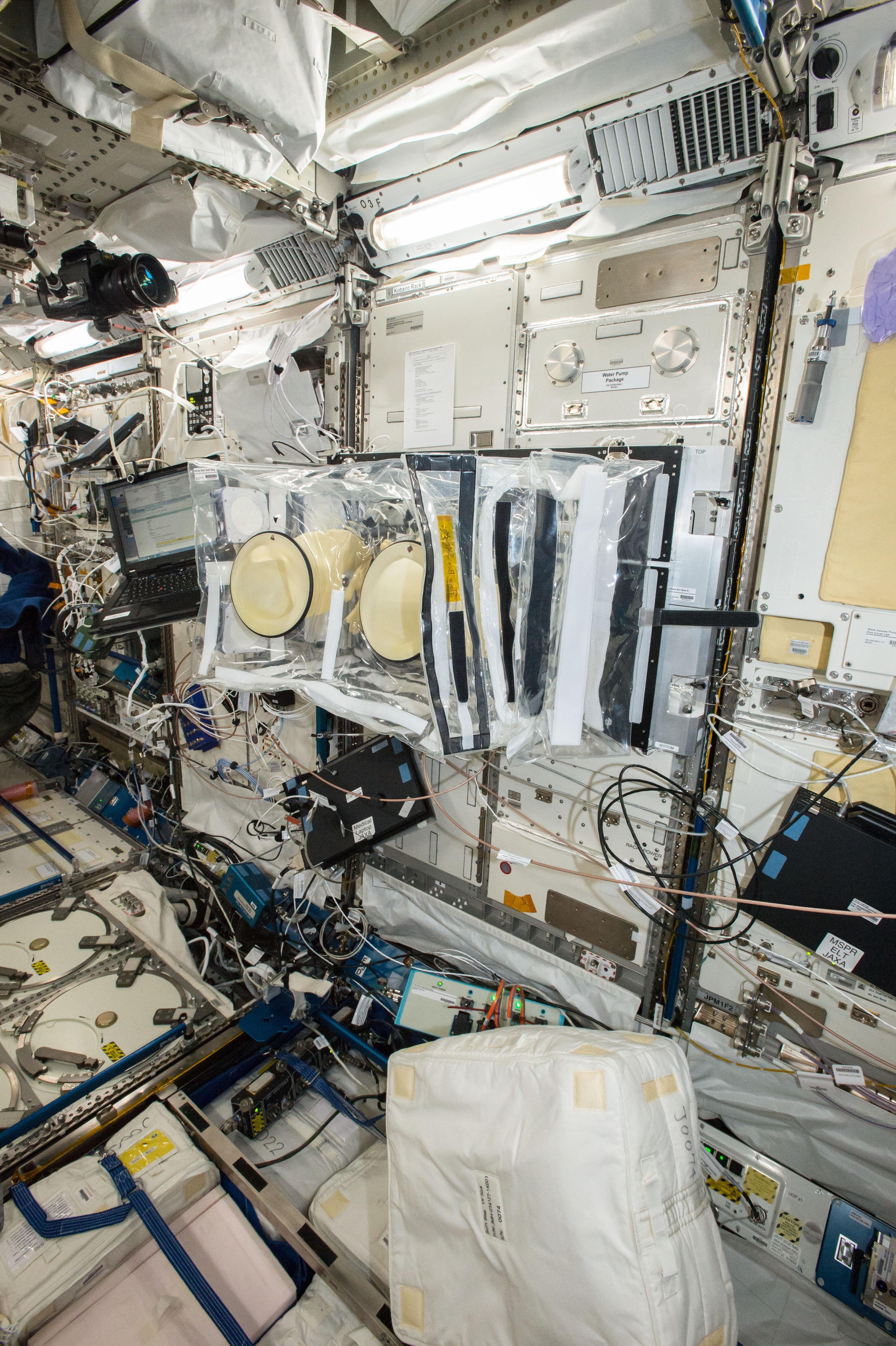- completed
[Mouse Epigenetics]
Transcriptome and germ-cell development analyses of mice in space
- Biology and Biotechnology
ISS Science for Everyone
SCIENCE OBJECTIVES FOR EVERYONE
From bacteria to humans, organisms change when they spend time in space, and some of these changes are related to modifications in gene expression and in the molecular coating that surrounds cells’ DNA. The Transcriptome analysis and germ-cell development analysis of mice in the space (Mouse Epigenetics) investigation studies altered gene expression patterns in the organs of male mice that spend one month in space, and also examines changes in the DNA of their offspring. Results from the investigation identify genetic alterations that happen after exposure to the microgravity environment of space.
SCIENCE RESULTS FOR EVERYONE
Artificial gravity beats no gravity. Researchers investigated effects of gravity on musculoskeletal health in mice using the Multiple Artificial-gravity Research System, or MARS, aboard the space station. Mice exposed to microgravity showed higher water consumption, greater muscle loss leading to lower body mass, and increasingly reduced bone density, while mice exposed to simulated Earth gravity showed no such effects. This suggests reduced gravity is the cause of health issues seen in astronauts. The MARS platform enables experiments using different levels of gravity in space, supporting future space exploration by providing insights into gravity’s effects on biological processes.
Experiment Description
RESEARCH OVERVIEW
- Under microgravity conditions in space, unusual gene expression patterns in normal body cells can be induced by various stresses due of the lack of gravity that would otherwise be available on Earth. Additionally, various stress inducing conditions, including cosmic radiation, are also expected to induce unexpected genomic or epigenomic changes to the genes in germ (reproductive) cells.
- The Transcriptome analysis and germ-cell development analysis of mice in the space (Mouse Epigenetics) investigation looks at the long-term effects of the space environment on gene expression patterns, and on epigenetic changes of DNA in different organs, are to be identified using model animals. Also, the impact of the space environment on mammalian germ cells is to be clarified by the production of offspring using the sperm cells exposed to the space environment.
Media Gallery

Applications
SPACE APPLICATIONS
The investigation sends 12 male mice to the International Space Station (ISS), where they will live for 30 days before being sent back to Earth. After their return, scientists remove their internal organs for detailed study and harvest their sperm cells, which are to be used for in-vitro fertilization of new mouse embryos. Analysis of the male mice and their offspring reveals the long-term effects of space travel at a molecular level, including changes to gene expression and epigenetic modification. In addition, the mouse habitat becomes an important piece of equipment for future mammal studies on the ISS.
EARTH APPLICATIONS
Results from this investigation describe spaceflight’s long-term effects on genetic activity, from changes in gene expression in individual organs to changes in DNA that can be inherited later. Mice are an important model for human health, so information from this investigation serves as a proxy for understanding how the human body changes in space, and how those changes may affect later generations.
Publications
PRINCIPAL INVESTIGATOR(S)
TAKAHASHI Satoru [University of Tsukuba]
Unless specified otherwise, rights to all images belong to ©JAXA



